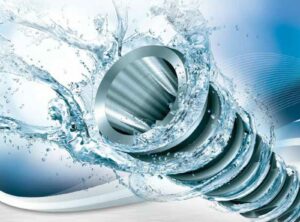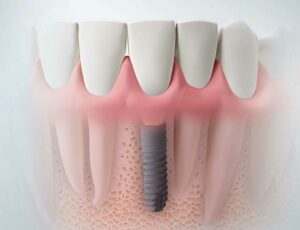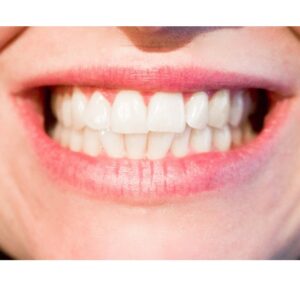When tooth and jaw degradation occur in your mouth, you will need bone regeneration or bone grafting if you wish to pursue dental implants. It’s imperative to have a significant amount of bone volume before your procedure. Otherwise, the inserts will have nothing to fuse with. Common reasons people suffer from bone loss include sinus enlargements, tooth infections, and tooth loss.
Many people also lose a bulk of their jawbone because of periodontal disease. It’s an infection that damages your healthy gums and the bone support around your teeth. As a result, one or several of your teeth can become loose. If they are not taken care of, they can fall out.
What Is Bone Grafting and What Is the Process?
Bone grafting or regeneration is essential because dental implants fuse with your jawbone. But if there is no jawbone available or it’s too fragile, a dentist must turn to bone grafting as a solution. When you have enough bone, the implant will become as strong as any other in your body.
Bone grafting regenerates your jawbone by placing a substitute in the area. Your body then replaces it to support your implants. It takes several months for the graft to fuse with your normal bone and to be replaced by new. In the case of severe bone loss, experts often wait about four to nine months after grafting to proceed with implants. Once your dentist inserts the bone, your gums close around it and he or she will stitch it in place. It takes about six to nine months for the new bone to fill the space.
After a tooth removal, a bone graft will help ensure the best possible placement of future implants. Many dentists consider bone grafts for an extraction site because it results in long-lasting implants, a properly functioning tooth, and a natural appearance. The process is also important for proper crown placement.
When a professional dental hygienist operates a bone graft, they open the gum tissue around the area to expose your jawbone. They supplement existing bone by adding bone grafting materials. Guided bone regeneration membranes can also improve the healing process because they cover the grafts and act like band-aids. With biologically active molecules, the membranes promote the healing process.
Your dentist must consider how much bone you need, depending on several factors — especially the number of implants you receive. For example, one tooth requires a small amount of bone grafting, so your dentist can select from various materials.
Most procedures use local anesthesia or a type of sedation before operating. Afterward, patients can take antibiotics to prevent infections as well as anti-inflammatory and pain medications, although it’s a low-pain procedure.
Types of Dental Bone Graft Materials
A common question people ask is, “What is bone graft material made of?”
The kind of dental bone graft material your dentist uses depends on the type, location, and the number of implants you need. Your dentist will recommend the best option for you, but no matter what process he or she chooses, each is safe for humans:
- Autografts: Autografts are the most common and best bone graft material for dental implants. It comes from another part of your body, like your chin, jawbone or wisdom teeth or, if you require a larger amount, your hip or shin. An autograft provides you with a living source of bone cells, which is an advantage when regenerating new bone.
- Allograft: An allograft uses tissue from another person, often a cadaver.
- Alloplastic: Known as a processed grafting material, alloplastic uses synthetic materials that are safe and trusted to make your jawbone sturdier.
- Xenograft: A xenograft uses bone from animals or synthetic material. For example, cow bone is typical and requires no extra suture area or discomfort compared to an autograft.
If you have a substantial amount of bone, the implant procedure and bone grafting can be done at the same time to allow new bone to regenerate. You will need enough bone to keep your dental implants stable for the long-term.
Advantages of Bone Grafts
Not only do the different classifications of bone grafts increase your chances for successful dental implants, but they also help prevent food from collecting under your teeth. Bone grafting assists with preventing infections and makes it easier to clean your teeth, too.
Because your jaw and facial bones support your skin and muscles, bone grafting can restore your facial structure. If the bone is not present, people’s faces can often appear more sunken.
Hiossen® Implants Is One Call Away
Once you receive proper bone grafting, our dental implants will last your entire life. With the natural look of your other teeth, your inserts will have you showing off your pearly whites. Hiossen Implants provides advanced products and one-on-one services. We also offer safe and cost-effective products manufactured under strict quality control.
Committed to improving your health, contact us by visiting our website or by calling 888-678-0001 to learn more!




